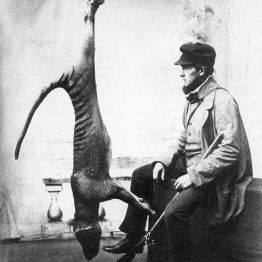
by George Stevens
The last known wild Tasmanian tiger (thylacine) was shot in 1930, and the last thylacine in captivity died six years later in the Hobart Zoo. The Tasmanian tiger was officially declared extinct in 1986,…
Read more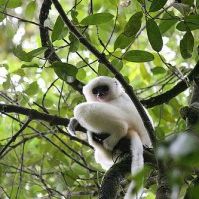
by Merri Collins
The silky sifaka is a rare species of white lemur, known in Madagascar as the “ghost of the forest”, for its ability to evade the human eye by swinging swiftly through the tree tops. Silkies are one of…
Read more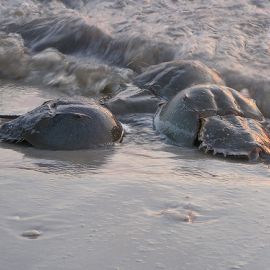
by Kathryn Dixon
What do horseshoe crabs, and red knots have in common? Survival. Two different, but vital, annual migrations bring these animals together every year. Both are fighting to survive.
Read more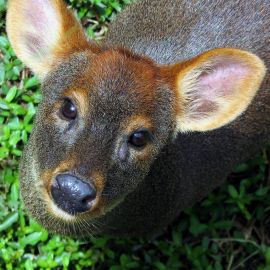
by Merri Collins
Pudú are the world’s smallest deer species, found in the temperate forests of South America. Like other deer, pudú eat foliage, shoots, twigs, bark, buds, fruit and seeds.
Read more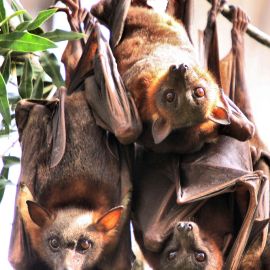
by Kathryn Dixon
In eco-immunology, a young new field of scientific research, the main goal of researchers is to understand how the spread of disease in wildlife is exacerbated by human and environmental elements (like…
Read more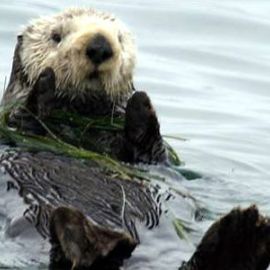
by Merri Collins
Recently, the U.S. Fish and Wildlife service recognized the 40th anniversary of the Marine Mammal Protection Act (MMPA).
Read more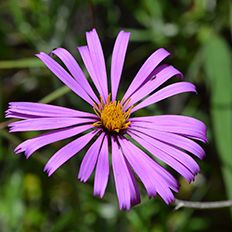
by Lillian Steenblik Hwang
A recent Finnish research study suggests that a decline in biodiversity in the plants, animals and microbes in our daily environment may be linked to rising rates of allergies and asthma.
Read more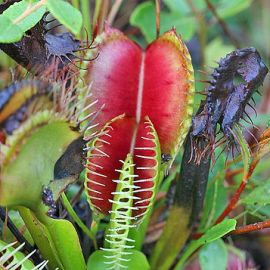
by Kathryn Pardo
RALEIGH, NC—Venus flytrap poaching may not seem like the most lucrative crime for those looking for an easy buck, but the uprooting of these plants to sell in roadside stands and markets is threatening…
Read more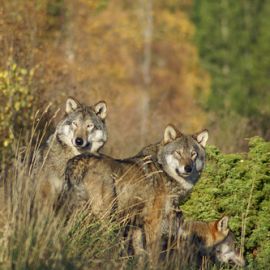
by Kathryn Pardo
WASHINGTON, DC—The Idaho Department of Fish and Game plans to implement aerial hunting of wolves this year, using federal funds to support the culling. The ultimate goal of this plan is not to effectively…
Read more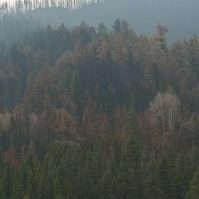
by Kathryn Pardo
WASHINGTON, D.C. — At least seven colleges and universities now receive 100 percent of the electricity they use from green power sources, according to the US Environmental Protection Agency (EPA).
Read more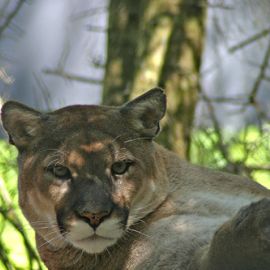
by Kathryn Pardo, Jessica Gottlieb, Jessica Schmonsky
A conservation organization has filed suit against the National Park Service, accusing the government agency of failing to protect critical Florida panther habitat in Big Cypress National Preserve. The…
Read more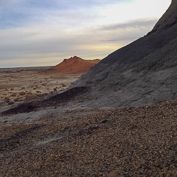
by Kathryn Pardo
A new study, published in Marine Ecology Progress Series on July 28, shows that while protected areas are increasing throughout the world, they are not adequate to stymie the loss of biodiversity.
Read more
